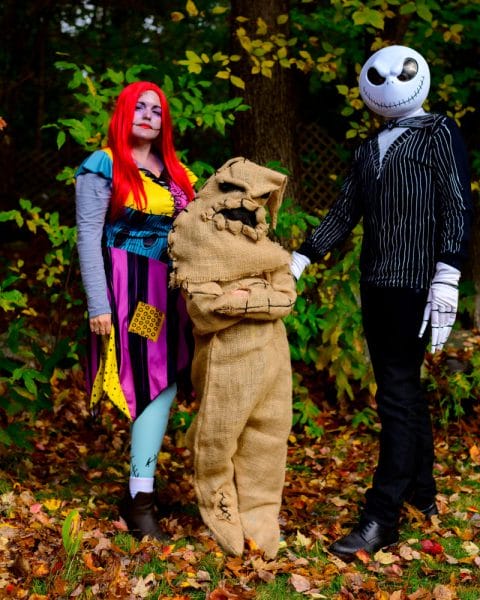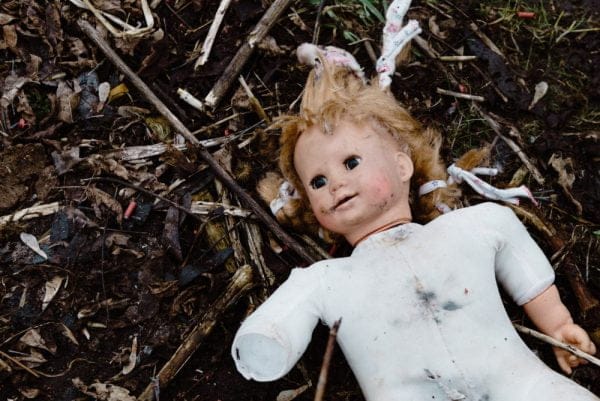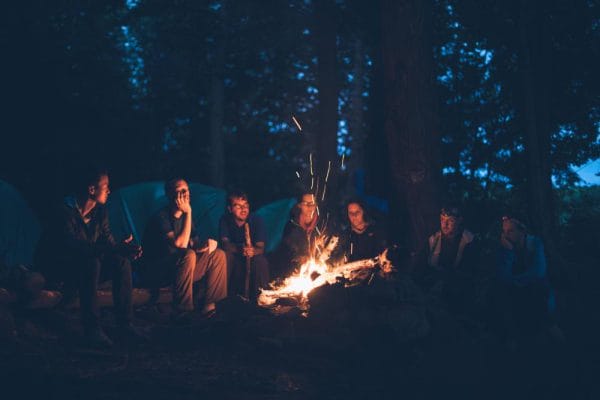Avoid telling scary stories when telling campfire stories to young children.
Avoid telling scary stories when telling campfire stories to young children: Campfire stories are a great way to spend a warm summer night with your family and friends. When writing them, remember to make them large enough to fit the entire group, add embellishments to the story, and act out the parts of the story that you want your family to see. However, if you’re telling them to young children, be sure to avoid telling scary stories. You don’t want your kids to have nightmares.
Table of Contents
Make the story larger than life.
Campfire Stories
One of the best parts of a camping trip is the opportunity to tell the family a tale or two. Whether you’re a seasoned pro or a first timer, the best way to get your story off on the right foot is to be creative. With a little help from the universe, you’ll find that crafting a stellar tale doesn’t have to be as complicated as it sounds.
Of course, not all stories are created equal. It pays to be cognizant of your surroundings, but do your research first to ensure that you don’t unnecessarily waste your precious free time. From there, you can get down to business. A simple rule of thumb is to avoid telling a story that has been told to you several times before. This is not only the best way to prevent you from making embarrassing mistakes, but it’s also a good idea to avoid the temptation to repeat yourself. That’s not to mention the fact that your kids might not be as entertained by a second and third story. The key is to avoid sabotaging your family’s camping fun.
You could just as easily choose a different family member to take the helm. If you have to, you could also tell your partner that the following is not your cup of tea.

Add embellishments
Campfire Stories
If you’re lucky enough to go camping this summer, you’ll get a chance to show off your storytelling skills. Luckily, there are a number of ways to make your campfire stories stand out from the crowd. The secret is in knowing which to tell and which to leave untold. In fact, the best way to know what to tell is to listen to someone else’s tales.
The trick to telling a good story is to find a balance between being informative and engaging. For example, if you’re narrating a long story that doesn’t feel like a drag, you may want to refocus the narrative and focus on a more abridged tale. You can also learn a lot about your audience by allowing them to take the lead, and you can pick up a few pearls of wisdom along the way.
One of the best ways to tell a great story is to tell it with a sense of humor. This will allow you to keep your audience’s attention without resorting to eye contact sleaze. Besides, who doesn’t like a sarcastic narrator?
While you’re at it, add a few embellishments to your campfire stories to really make them shine. These can be as simple as using the right props or as elaborate as dressing up your tales in the likeness of a swashbuckling hero. Whether it’s an ad for a posh glamping spot or an impromptu family reunion, the right embellishments can make the experience memorable. With a little planning, a well-lit campfire can be one of the most fun and rewarding parts of the trip. Just make sure to include plenty of water and food if you plan on camping overnight. Otherwise, you’ll have a hard time keeping up with the kids or putting them to bed!
Hopefully, you’re not afraid of fire! It’s also a great opportunity to test your storytelling skills with new and old friends and family members. Regardless of your skill set, make the most of it by keeping the stories interesting and on your mind.

Act out the story.
Campfire Stories
Campfire stories are a fun way to tell stories around the campfire. You can share your original tales or choose from a variety of stories. There are also tips and resources available to help you become a better campfire storyteller.
A good campfire story is one that will keep the listener’s attention. It should be short and dramatic, and it should include sound effects and props to enhance the story. If you do not have access to a lot of props, a simple flashlight can do the trick.
Another trick for a successful campfire story is to make sure your voice is powerful. When telling a ghost story, you can hold a flashlight up to your face to give it that spooky effect.
You can add other props, such as superhero masks or bandanas, to make the story more active. In addition, you can use hand gestures to act out the story’s events. These can turn a dull story into a more lively one.

Before you tell a campfire story, you should take the time to practice it. This will allow you to project your voice more effectively. Also, it will give you a chance to get your audience’s attention.
To be a good campfire storyteller, you need to be able to bring out the best in your audience. For this, you need to be flexible. Using different voices and accents can make a story more enjoyable.
Make sure to take a pause between story sections to allow the audience to breathe. Also, try to use dramatic pauses to keep the listener’s attention.
As the story progresses, it is important to pay attention to your body language. You need to make eye contact with your audience. You should also raise your eyebrows. Your facial expressions will look amazing in the campfire light.
Finally, if you are worried about getting your audience’s attention, you can use a small battery-operated strobe light. For a more scary story, you can also light up a flashlight and throw it into your face while you talk.

Avoid telling scary stories to young children to avoid nightmares.
Campfire Stories
When it comes to telling scary stories to young children, it’s important to remember that not all stories are suitable. While most kids love the experience of listening to scary stories, some are simply too frightening for them.
Whether you’re reading a story to your child at bedtime or planning a Halloween party, it’s important to keep in mind that you should be careful to avoid scary elements. Luckily, there are ways to make it less terrifying for them.
Younger children tend to be more likely to have night terrors, which can result in nightmares. Nightmares can be caused by anxiety and stress. If your child has a nighttime fear, it’s a good idea to consult a licensed therapist.
It’s also a good idea to limit your child’s exposure to movies and television shows that feature scary scenes. Instead, let them watch films that have a non-scary theme. This will help them understand that nightmares are just bad dreams.

Another great way to prevent nightmares is to tell them what they can do to calm themselves if they feel scared. This will help them know that it’s okay to be afraid and that they are safe. You may also want to introduce them to a friendly dog to comfort them.
In addition, if your child is afraid of fire, you can show him or her a fire escape plan. Then you can practice it together. Practicing it will teach your child how to safely get out of a dangerous situation.
Children often learn about monsters and home invasions from television and movies. If your child has a strong fear of the latter, you can make a simple anti-monster spray from distilled water and a few relaxing essential oils.
A survey conducted by Book People found that nearly one-third of parents would not read scary books to their children. But a majority of parents said that a good story is an effective means of helping children cope with difficult situations.
Some parents find that reading stories to their children can be the best solution for their nighttime fears. Not only can these stories help to distract your child from his or her fears, but they can also help to reinforce positive thoughts and feelings that will help your child relax.
Originally posted 2023-01-14 07:53:59.











